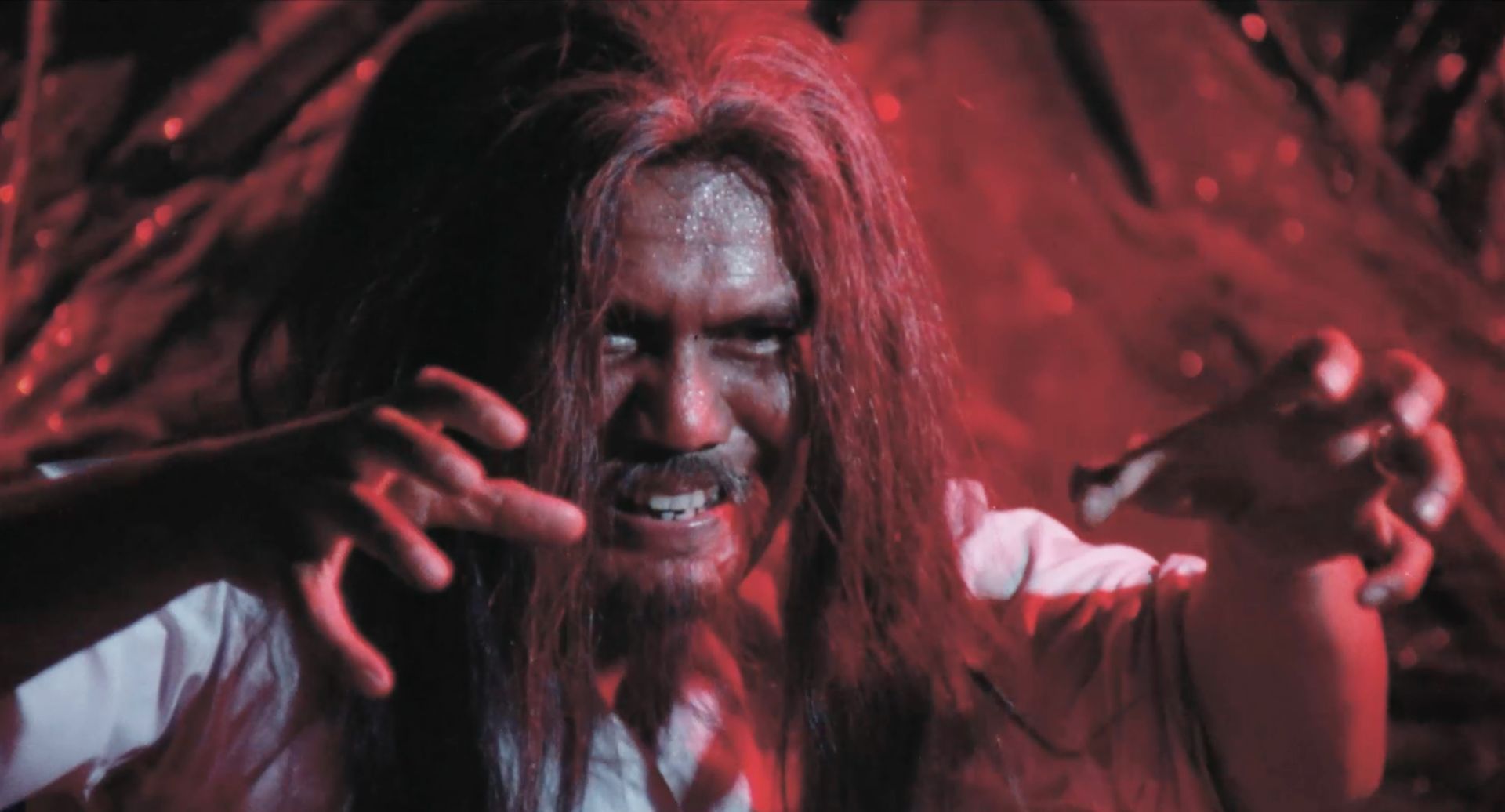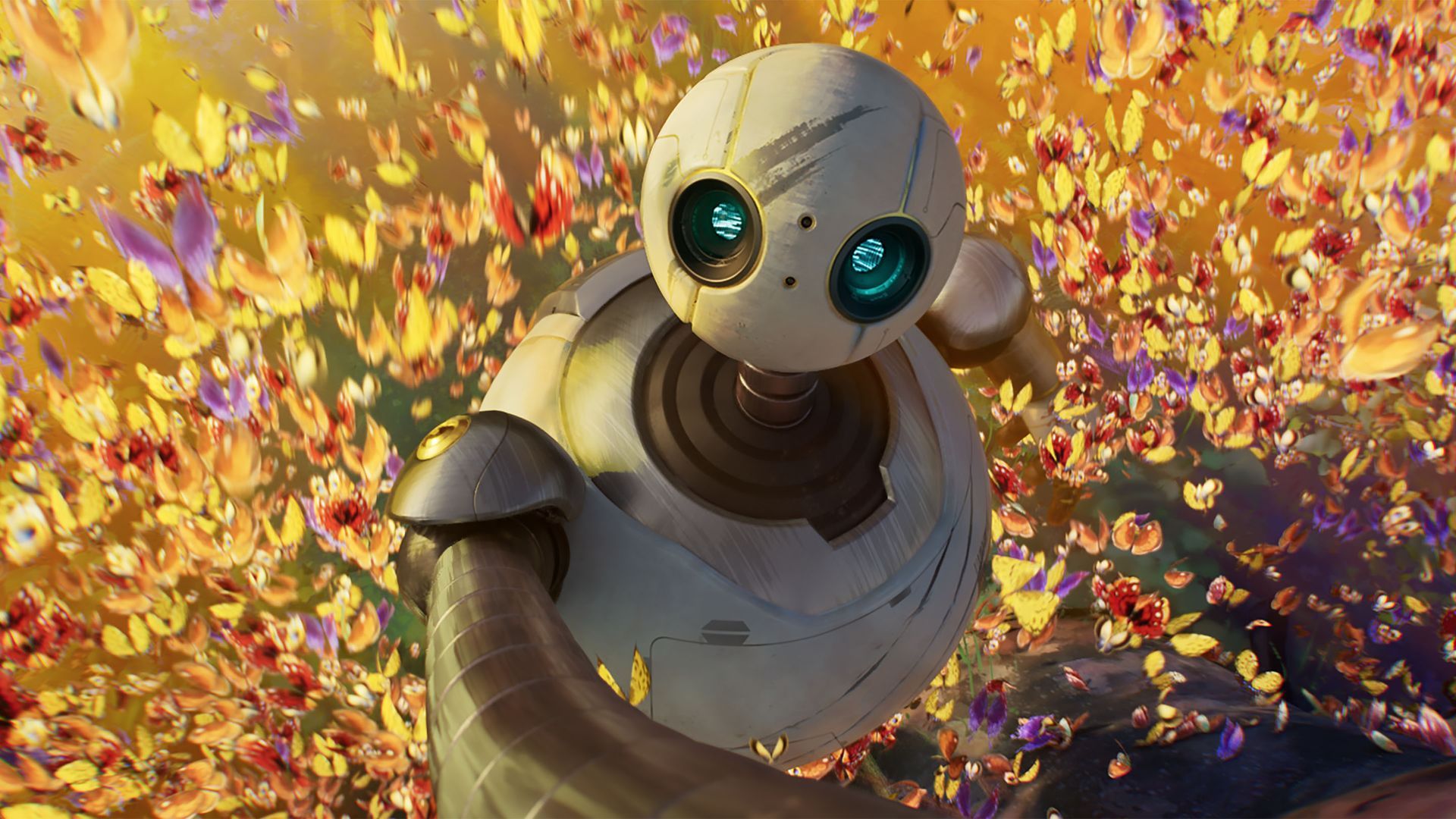Not the Streaming Default: The Disney+ Difficulty
Your Name Engraved Herein;
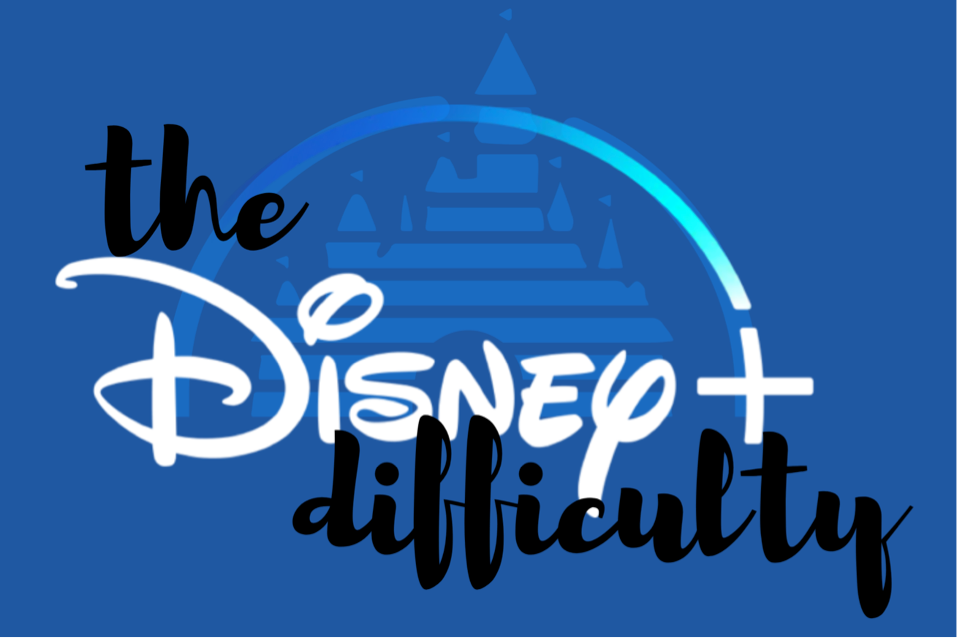
In April 2021, Disney announced that it would be shutting down most of its TV channels in Southeast Asia and Hong Kong. With the official launch of Disney+ in Singapore just two months before, it’s obvious to anyone that Disney has chosen to herd its fans in the region towards its streaming services.
Meanwhile, Netflix has gone in the opposite direction: In April this year, it launched a new feature called “Play Something” in the United States. This is a new viewing mode modeled after traditional linear TV: You click a button, and Netflix starts playing something that matches your preferences. You can then ‘change the channel’ to another show or film, so to speak, by clicking arrows pointing forward and backward. This is largely an effort to alleviate decision fatigue, where we scroll and scroll and scroll on the Home Page, evaluating each show or film but never reaching a decision because there are too many choices.
In other words, as Disney moves away from linear TV offerings in this region, Netflix is moving towards it. What accounts for this difference?
The Default Video Experience
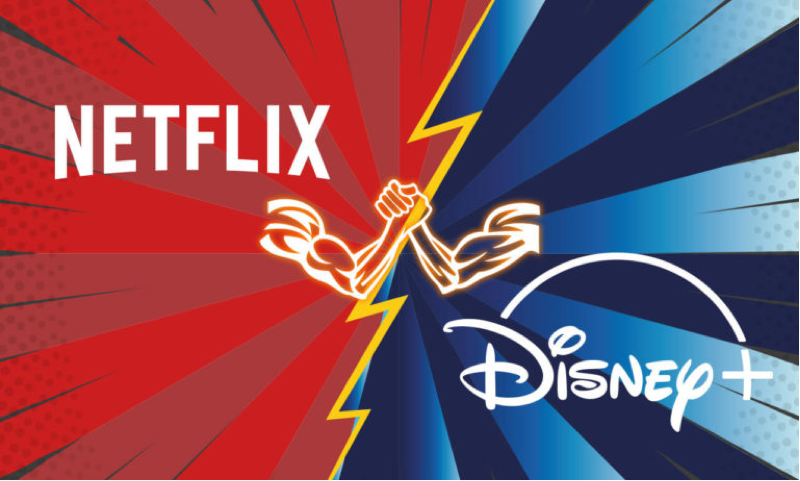
In an interview with Vulture, venture capitalist and streaming-industry analyst Matthew Ball said that Netflix aims to be “the default video experience, i.e., the one reflexively used because you wanted to watch video, rather than just title X.” This aim is fundamentally rooted in Netflix’s two advantages in the streaming industry: its incredible breadth of offerings, as well as a personalisation algorithm with data stretching back to its history as a DVD-by-mail rental service. Users can therefore come to Netflix without a particular film in mind -- in fact the service promises to help them discover more content that they would like, based on their current preferences.
That same goal is fundamentally harder for Disney to achieve, for two reasons: One, Disney is an original production company moving towards a direct-to-consumer model, with offerings that anyone and everyone has heard of before. In consumers’ minds, the image of Disney+ will therefore forever be tied to an existing film or show, like the MCU or childhood Disney Channel shows. In the decision to get Disney+ or not, we intuitively turn to “Do I want to watch Title X?” over “Do I want to watch video in general?” Two, it’s difficult for any streaming service to compete with Netflix on breadth of offerings: Netflix Basic gets you 3700+ movies and TV shows, while Disney+ gets you 800+. If the question is “Do I want to watch video in general?”, Netflix has already won.
The Draw of Streaming: Accessing Title X
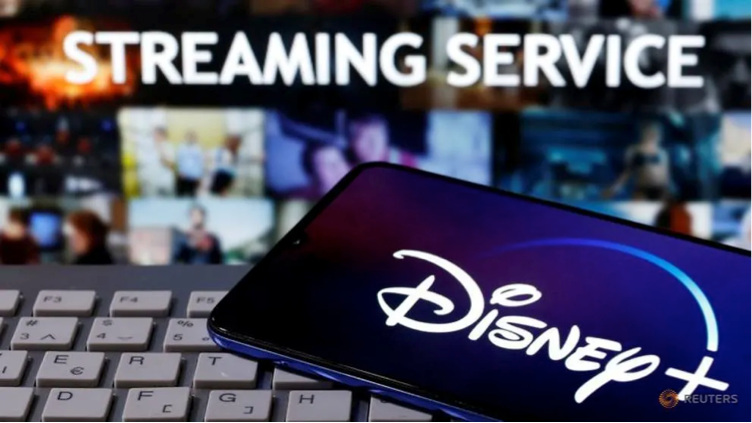
Disney knows both these things. And that explains why it’s pulling the plug on linear TV. All benefits of a service are weighed against a cost, which in this case is the subscription fee. For Disney+, the benefit is access to title X, while for Netflix that benefit is access to a one-stop service for all kinds of offerings. Limiting accessibility of title X by axing linear TV channels in SEA and Hong Kong, could potentially make consumers more willing to switch to streaming to access said title X. It seems like a better deal too -- instead of waiting for the show slot on linear TV, they can switch to streaming and have that choice to watch anywhere, anytime.
And when you think about how Disney knows users would likely come to Disney+ for a specific title, its pricing model starts making more sense:
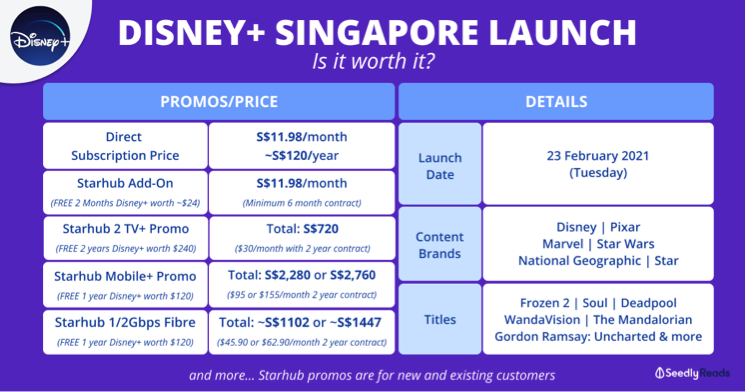
Its Premier Access to popular films like Mulan, or upcoming Black Widow, requires a US $30 payment on top of a regular Disney+ subscription (raised to US $8 recently). Therefore, if consumers were drawn to Disney+ because they wanted to watch Black Widow in particular, they’re forced to commit to the subscription in order to access the film. In other words, Disney has recognised that the draw of its service depends on the draw of individual films or shows. And it’s leaning hard into it.
The Difficulties Ahead: Disney vs Netflix
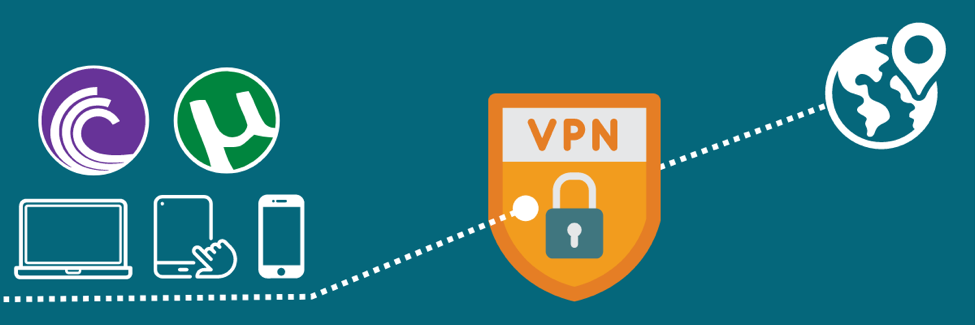
What does this mean for Disney? Well, it means that Disney+ subscriptions might take a hit once cinemas start recovering post-pandemic. If consumers only wanted to watch a popular offering once, they could just watch it in theaters. That eliminates the draw of the service entirely, considering that one would need to pay the subscription fee on top of Premium Access.
There’s another major issue: Disney+ isn’t just competing with other streaming services. It’s competing with torrenting (a significant channel for media consumption, despite its illegality) -- even more so because of how it’s leaning into consumers’ desire for individual titles. Even now, if a consumer wants to watch a particular movie enough, and is sufficiently internet-savvy, they can illegally download it off the internet, and watch it for free. Furthermore, the titles that they would want to watch would almost definitely be available given the popularity of Disney releases. As I’m writing this, the first episode of Loki was released this week, and it’s likely already available for download. Moreover, the people who would most likely want Disney+ (excluding parents buying for their families), are the young people keeping up with the MCU or who grew up watching Disney Channel. And these are exactly the people who would know how to torrent what they want.
In contrast, Netflix’s model defends against torrenting almost perfectly because of the exact reasons that allows it to market itself as “the default video experience”. The downside of torrenting (other than illegality) is inconvenience: one would need to trawl websites, beware trojans and other viruses, and finally wait for the download to complete. For an individual film or TV show season, one would likely be amenable to that tradeoff of inconvenience. But for a breadth of offerings, the additional cost of torrenting starts to outweigh the benefit. And that’s where Netflix comes in, via eliminating inconvenience. Here’s a clear example: people used to illegally watch anime and Kdramas online all the time, because outside Japan and Korean they were hard to access in forms other than DVD, and there were no easily accessible official translations. But Netflix has moved into the anime and Kdrama market, particularly here in Southeast Asia, providing those official translations more conveniently than if one were to torrent or watch online. And consumers are willing to pay for that convenience. Moreover, Netflix’s aggressive personalisation shows users films that they didn’t even know they wanted to watch, with the added assurance that it fits in their preferences. Meanwhile, to torrent something, one would already need to have a film in mind.
The Disney Choice
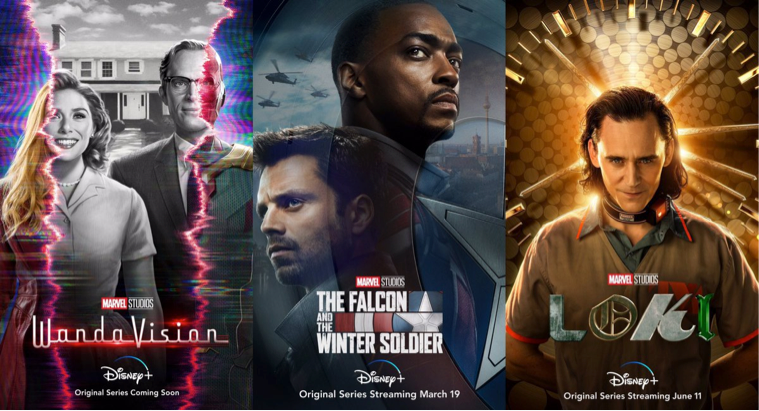
Back to Disney+, what can it do in the face of these challenges? It should be noted that the growth of users would also rely almost entirely on the popularity of individual offerings. The Disney+ model is therefore a bet on the growth of existing, wildly popular franchises like the MCU, remakes bolstered by nostalgia like Mulan, and originals with assured fanbases like Pixar films. As cinemas recover, and watching an individual film in person becomes more attractive than Premium Access, Disney+ has two options:
One, which it’s already doing, is to pivot towards megabudget TV series with assured fanbases and that wouldn’t be shown in cinemas. We’re seeing this with WandaVision, The Falcon and the Winter Soldier, and Loki. The week-by-week release format of a series also makes torrenting more inconvenient -- one would need to either torrent an episode every week, or wait till the season is over.
Two, it could lean into the rewatch value of legacy media currently on Disney+, perhaps with a campaign that encourages young parents to show the Disney films they grew up with to their children, capitalising on the films of the Disney Renaissance (from 1989’s The Little Mermaid to 1999’s Tarzan).
There’s more competition on the way though: the recently announced merger of WarnerMedia and Discovery will create the second-largest U.S. media company after Disney, combining their respective streaming services, HBO Max and Discovery+. While its offerings definitely have less overall brand equity compared to the behemoth Disney name, there is definitely a draw for consumers. In 2020, HBO earned 30 Emmys total — the most of any network or streaming platform, fuelled by the wide popularity of shows like Watchmen, Euphoria, and Game of Thrones.
The streaming industry is moving ahead with leaps and bounds every day. In terms of product development and platform user experience, Netflix does seem to be in the lead (I highly recommend this article about Netflix’s personalisation via microtagging, and another about its current efforts to alleviate decision fatigue with Play Something). To me, Disney+ hasn’t yet found its niche in the rapidly expanding world of streaming. Will it eventually? Probably -- this is Disney we’re talking about after all. It’s an industry behemoth that definitely won’t fail. But as for how it’ll find its niche, that remains to be seen.



